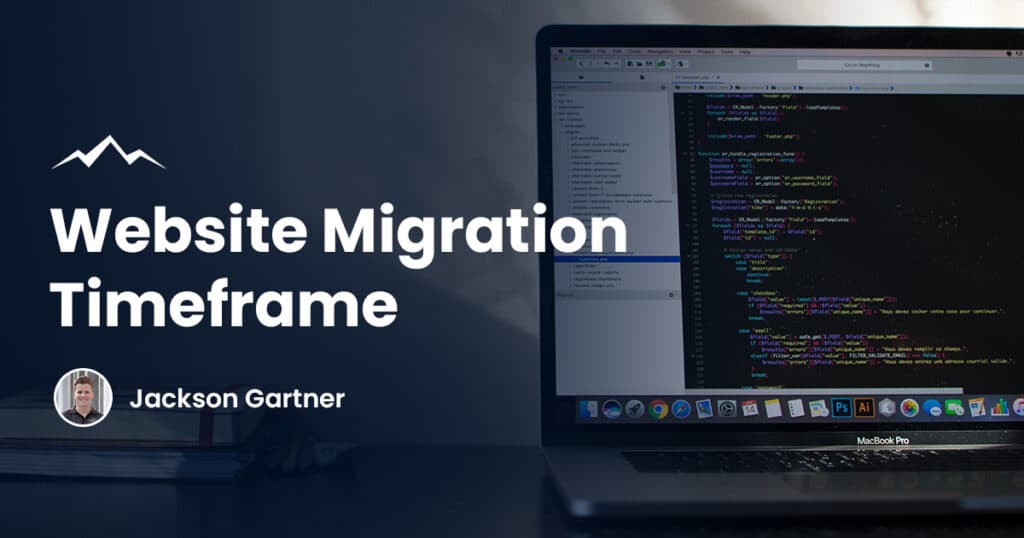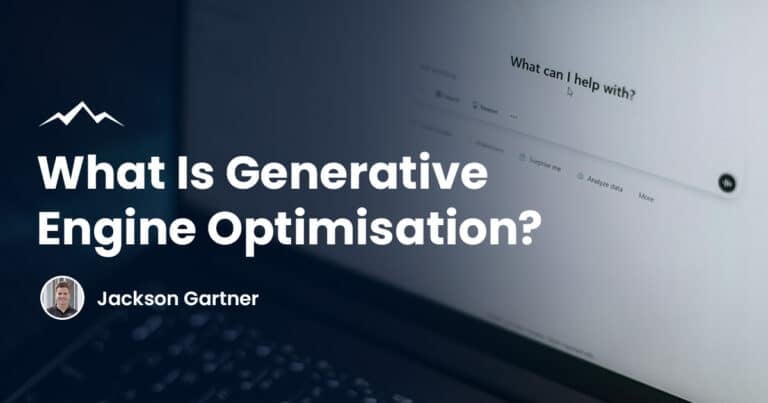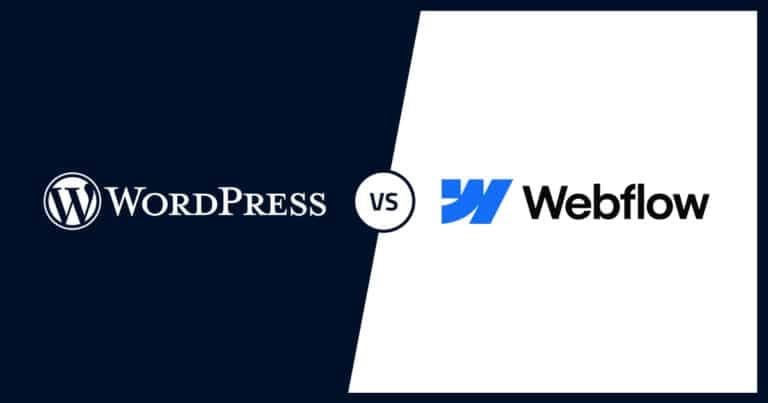Many factors can affect how long it will take to migrate a website from one platform to another.
However, it is vital to remember that migrating a website is not simply a matter of copying and pasting files from one platform to another.
The process also includes ensuring that all of the website’s content is properly transferred, as well as setting up 301 redirects to ensure that any incoming traffic is directed to the new website.
As such, the actual process of migrating a website can take some time, depending on the size and complexity of the site.
Migrating a website can be a daunting task, but with the right preparation and execution, it can be done relatively easily.
So let’s take a closer look at how long it actually takes to migrate a website and some tips to make the process go as smoothly as possible.
What is Website Migration?
In simple terms, website migration is the process of transferring a website from one hosting provider or CMS to another.
This can be done for a variety of reasons, such as wanting to switch to a more user-friendly platform, needing to update an outdated website, or wanting to take advantage of new features offered by a different content management system (CMS).
There are a few different ways to go about migrating a website. The most common method is to use a migration plugin (depending on the platform you are on), which will handle the entire process for you.
Alternatively, you can export your website’s content from its current CMS and import it into your new CMS manually.
Finally, if you’re comfortable with coding, you can also migrate a website by editing the website’s files directly.
How Long Does Website Migration Take?
The average time for a standard migration is around 30 minutes and can range up to 3 hours (when moving from one server to another for example).
However, they can take a lot of planning to execute properly, weeks or even months – depending on the website.
If you have a small site with a simple website design, it’s possible to complete the entire process in just a few hours.
And if you’re migrating a larger website with a more complex design, the process can take a few days or even weeks.
In these cases, it’s important to have a plan in place and to allocate enough time to properly execute the migration.
Trying to rush the process can result in lost data, broken links, and other issues that can have a negative impact on your website’s traffic and search ranking.
Most businesses set 20 working days for the website migration for medium to large-scale websites.
This time frame is reasonable to avoid any major issues, and it also gives businesses some wiggle room in case anything unexpected comes up.

9 Factors to Consider When Migrating Your Website
Every website is different, and as such, the time it takes to migrate a website can vary greatly. There are a few factors that can affect the duration of website migration, such as:
1. The quality of your web hosting
In order to ensure a smooth website migration, it’s important to have quality website hosting. This is because the quality of the hosting can affect the speed and reliability of the migration process.
If you’re using a quality hosting provider, they will have the infrastructure in place to ensure a smooth transition. In addition, they will be able to provide support if anything goes wrong.
2. The quality of the web hosting support
As mentioned, the quality of the support you receive from your new web host company can make a big difference in the smoothness of the migration process. This is why it’s important to choose a quality hosting company that offers excellent customer support.
If you’re having trouble with the process, a good customer support team will be able to help you solve the problem quickly. This can make a big difference between a successful migration project and a failed one.
3. The size of your website
A small website with a limited number of pages and assets will typically take less time to migrate than a large website with hundreds or even thousands of web pages. This is due to the fact that a larger website will have more data and more complex configurations that need to be moved and transferred.
As such, it is important to consider the size of the website when planning for migration. With a large website, it may be necessary to break the migration into phases in order to avoid disruptions to the live site.
4. The complexity of your website
The complexity of the site can affect every aspect of the migration process, from planning to execution. A simple website with only a few pages will be easier to migrate than a complex website with many pages and features. A more complex website may require more time to plan the migration and may be more difficult to execute.
In addition, complex sites often have more data and content that needs to be migrated, which can also add to the time and difficulty of the process. As a result, it is important to consider the complexity of a site when planning a migration.
5. The number of people working on your migration
If you have a team of people working on the migration, it will obviously take less time than if you’re doing it yourself. This is because more people can work on different aspects of the migration simultaneously, which can help to speed up the process.
However, it’s important to make sure that everyone involved in the process is on the same page and knows what needs to be done. Otherwise, you may end up with confusion and errors that can slow down the process.
6. The experience of the people working on your website migration
If the people working on the migration are experienced and know what they’re doing, it will obviously take less time than if they’re inexperienced and have to learn as they go.
Experience is especially important when it comes to complex migrations. With a complex site, there may be unforeseen problems that come up during the process. Experienced migration specialists will know how to deal with these problems and get the migration back on track.
7. The quality of the migration tools
As any experienced web developer will tell you, the quality of the tools you use can make a big difference in the efficiency and effectiveness of your work. This is just as true for website migrations.
If you’re using high-quality, up-to-date migration tools, the process will obviously go smoother and faster than if you’re using outdated or inferior tools. This is why it’s important to invest in quality migration tools before starting the process.
8. The level of coordination
Nothing beats good coordination when it comes to a smooth website migration. This is because all the different aspects of migration need to come together in order for it to be successful.
If everyone involved in the process is coordinated and working together, it will obviously take less time than if there is confusion and miscommunication.
9. The amount of time spent on planning
Last but not the least, the amount of site migration time spent on planning can make a big difference in the smoothness of the entire process.
If you invest time to plan out the migration in detail, it will obviously go much smoother than if you try to wing it. This is because planning allows you to anticipate problems and come up with solutions before they happen.
As you can see, there are a number of factors that can affect the smoothness of a website migration. By taking these factors into account, you can increase the chances of having a smooth and successful migration.

7 Tips for a Smooth and Successful Website Migration
When done correctly, website migration can be a smooth and seamless process. But if done incorrectly, it can be a nightmare.
To help you avoid the latter, here are seven tips for a smooth and successful website migration:
1. Plan ahead
As with any major change, it’s important to plan ahead before migrating your website.
Start by creating a timeline of what needs to be done and when. Then, put together a team of people who will be responsible for each task. And finally, make sure you have a backup plan in case something goes wrong.
2. Do your research
Before you migrate your website, it’s important to do your research and understand the process.
You need to know what steps need to be taken and what pitfalls to avoid. Otherwise, you could end up making a costly mistake that could impact your business for years to come.
3. Choose the right platform
There are a number of different website platforms available, so it’s important to choose the right one for your needs.
Consider factors like cost, ease of use, features, and scalability. And don’t forget to read reviews from other users to get an idea of their experiences.
4. Prepare your content
Your content is one of the most important parts of your website, so it’s important to prepare it before migrating.
Start by auditing your existing content and determining what needs to be updated or removed. Then, create a plan for how you’ll move your content to the new hosting account. And finally, make sure all your content is properly formatted and error-free before making the switch.
5. Test, test, test
Before you go live with your new website, it’s important to test everything to make sure it’s working properly.
Begin by testing your new host to ensure it’s compatible with all your content and plugins. Then, run some tests on your content to make sure it looks and functions the way you want it to. And lastly, do a full test of your website on all devices and browsers to catch any last-minute problems.
6. Go live
Once you’ve tested everything and you’re confident your website is ready, it’s time to go live.
Create redirects from your old website to your new one. This will help ensure that visitors are able to find your new site even if they type in the wrong URL. Then, update your DNS records and settings to point to your new website. And finally, send out a notification to your subscribers and customers letting them know about the change.
7. Monitor and adjust
Even after you’ve migrated your website, it’s important to monitor it closely and make sure everything is working properly.
Begin by monitoring the performance of your website and traffic. This will help you identify any problems that need to be fixed. Then, keep an eye on your content to make sure it’s still relevant and accurate. And finally, adjust your website as needed to ensure it continues to meet your needs.
By following these tips, you can help ensure that your website migration goes smoothly and without any major problems.
Start Planning Your Migration Today
From planning to execution, there’s a lot that goes into migrating a website. But with the right team and the right tools, it can be a smooth and successful process.
At White Peak Digital, we have a team of experts who can help you plan and execute your website migration. Whether you’re moving to a new platform or just making some updates, we can help make the process as smooth and seamless as possible.
Contact us today to learn more about our website migration services.
To your success,
Jackson




